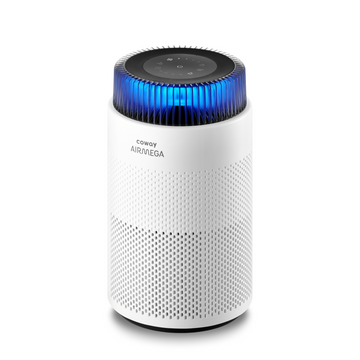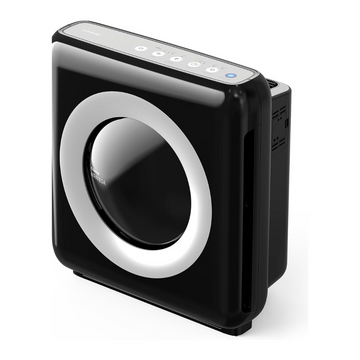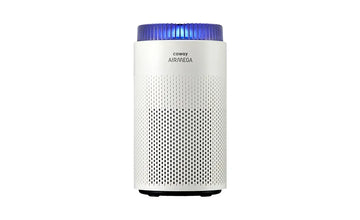Your kids can’t wait for fright night and spooky season, but there’s something far more scary for your family to watch out for (all year round). Volatile organic compounds (VOCs) are seeping and creeping around our homes, with potentially serious mental and physical health effects. Find out what the most common VOCs are, why they’re scary, and how to eliminate them with a Coway air purifier.
What Are VOCs?
Volatile organic compounds are everyday chemicals that become a gas at room temperature. They enter our homes through a number of routes. Once they’re in the air we breathe, they can wreak slow, progressive havoc on our health, even if our intentions for using them are good (eg. air fresheners).
The sources of VOCs
- Building materials, such as composite wood, upholstery, paint, vinyl flooring
- Cleaning products, polishes and solvents, from laundry and cooking products to air fresheners
- Cosmetics that use solvents or artificial aromas
- Hobby materials, including glues, printer ink, permanent markers
- Stored gas and fuel (for both cooking and vehicles)
- Combustion, from wood burners and tobacco smoking
Levels of VOCs can be up to 10 times higher indoors than outdoors, which means you’re regularly exposing yourself to harmful chemicals including benzene, formaldehyde, acetone, xylene, butanol and ethanol.
What Are the Health Risks of VOC Exposure?
Some of us, particularly asthma sufferers, have an instant reaction to VOCs. They irritate our eyes and throat causing coughing, wheezing, sneezing and shortness of breath. If levels are particularly high, they may also cause headaches and nausea. That’s why workshops, factories, dry cleaners and nail salons usually require mask-wearing and specialized extraction/ventilation systems.
Long-term exposure to VOCs can cause damage to the liver, kidneys and central nervous system, as well as an elevated risk of cancer. While some VOCs have a distinctive chemical smell (such as acetone), don’t rely on being able to detect them with your nose. Not only are some of them quite difficult to distinguish, but you’ll also become accustomed to the aroma of your own home over time, so they can hide among the other benign sources.
How to Reduce VOC Levels in the Home
In the first instance, deploy a four-step strategy to remove VOCs from the air you breathe and restore a safe environment.
Start with the four S’s
- Study the risks and sources of VOCs so you know what you’re up against. The companies producing these cleaners, detergents and sprays spend a lot of marketing money on attracting customers. You can educate yourself for free.
- Swap what you have in the home already for VOC-free alternatives. Vinegar and baking soda, for example, can replace the majority of brand detergents.
- Shop smart by using the knowledge you’ve gathered to source VOC-free products. Check the label of anything you’re about to pop in the shopping basket.
- Store as little as possible at any given time, assign a storage area outside, keep items separate (some VOCs are hazardous near others), and make sure the storage space is well-ventilated.
That last point applies to the whole home. If your living area is properly ventilated, there’s a route for VOCs to escape. You can also try increasing the number of plants in your home as these make excellent natural VOC filters.
How do you know when you’re making progress? You’ll feel better for a start, but you should also be monitoring air quality at home to check if your environment is safe. That’s where a Coway air purifier is a game changer.
How to Unmask and Remove VOCs with Coway
Our home and apartment air purifiers enable real-time monitoring of your indoor quality, with set-and-forget functionality. Thanks to our Auto, Eco and Sleep modes, your air purifier monitors air quality (and VOCs) automatically and responds immediately when critical levels are reached. In most cases, you’ll have clean air again in as little as two minutes, depending on the size of your living space.
How do Coway air purifiers eliminate 99.999% of common VOCs? It comes down to the Max2 Activated Carbon Filter, which captures and removes common VOCs including cigarette smoke, nitrogen dioxide, acetaldehyde, and sulfur dioxide.
You don’t have to suffer nightmares about air quality this Halloween season. Treat yourself to the tricks of next-generation air purification with Coway.
Sources:
MN Department of Health Volatile Organic Compounds in Your Home - MN Dept. of Health.
EPA Volatile Organic Compounds' Impact on Indoor Air Quality | US EPA
Ion Science 10 Most Common VOCs Gases Found In Your Home! - Ion Science UK












